Category: genetics – Page 434
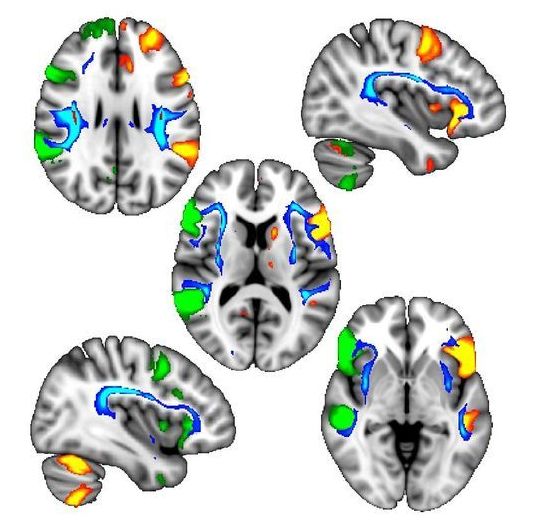
Geneticists Are Untangling the Mystery of Left-Handedness
A series of genetic variants can influence handedness, according to a new paper.
No, researchers have not discovered a “handedness gene.” But through brain imaging of 9,000 people in the United Kingdom, researchers devised a list of genetic variations that contribute to the way different brain processes end up on either side of the brain. This, in turn influences handedness—and can also influence whether someone will develop certain neurological diseases, according to the paper published in the journal Brain.
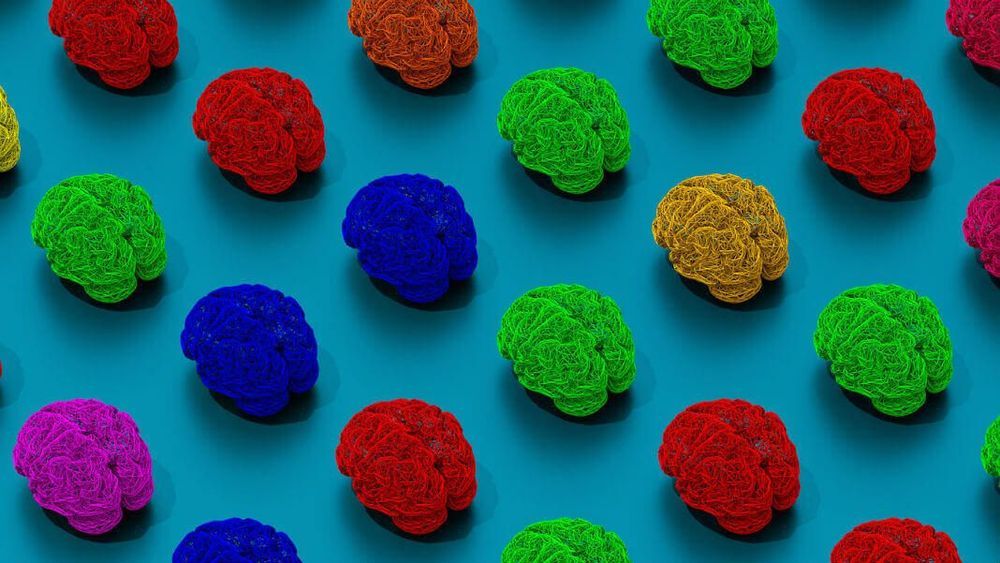
A Brief Tour Through the Wild West of Neural Interfaces
To most of us, zapping neurons with electricity to artificially “incept” memories, sensation, and movement still sounds crazy. But in some brain labs, that technology is beginning to feel old school. As a new review in Nature Biotechnology concludes: get off the throne, electrodes, there are plenty of other neural probes in town. They dance to the tune of light or chemicals, and in some cases, they’re bilingual.
Here’s a brief tour into the wild west of neural implants. Some require genetic engineering, and because of that have only been proven in experimental animals. But if history is any indication, brain-manipulation technologies don’t tend to stay in the lab. Watch out, you may see some trickling down into potential human use in the next few years.

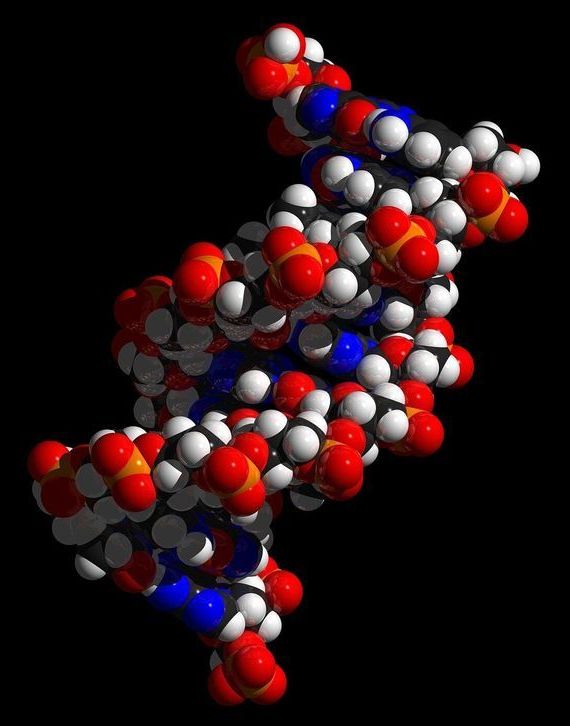
Undercover evolution: Our individuality is encrypted in our DNA, but it is deeper than expected
Providing a glimpse the hidden workings of evolution, a group of researchers at UC Santa Barbara have discovered that embryos that appear the same can start out with surprisingly different instructions.
“We found that a lot of undercover evolution occurs in early embryos,” said Joel Rothman, a professor in the Department of Molecular, Cellular, and Developmental Biology, who led the team.
Indeed, although members of the same species are identical across the vast majority of their genomes, including all the genetic instructions used in development, Rothman and his colleagues found that key parts of the assembly instructions used when embryos first start developing can differ dramatically between individuals of the same species.
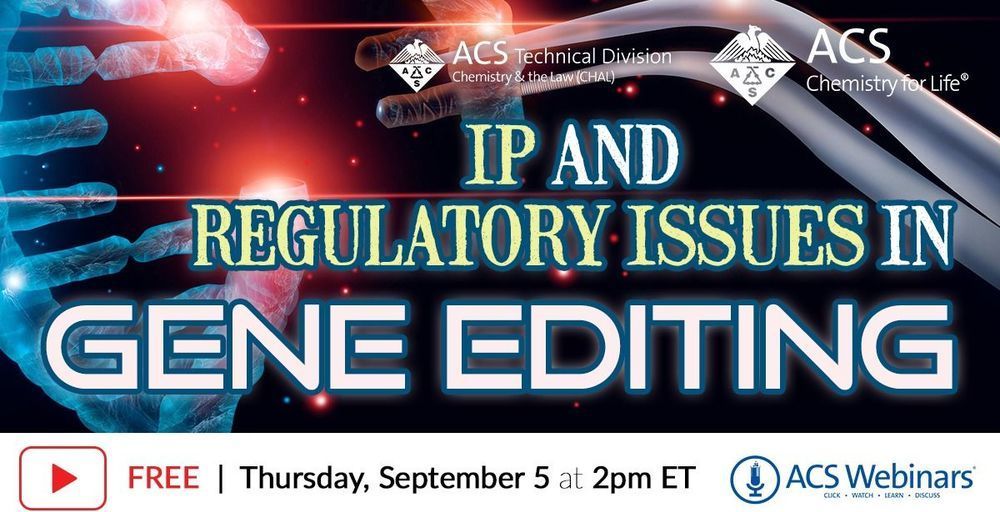
American Chemical Society Photo
Are you researching genetics in your work? Don’t get caught unprepared by confusing international regulations and intellectual property challenges — Learn more & register for the FREE #ACSWebinar at http://ow.ly/lAnA50vV0Qt

Previously Unknown Protective Role Uncovered for Telomerase in Somatic Cell Aging
Results from the new study, reported in the Proceedings of the National Academy of Sciences (PNAS) have shown that telomerase is reactivated in normal adult cells at the latter stage of cell aging, and this activity reduces the potential for DNA damage that could lead cells to become cancerous. “This study reshapes the current understanding of telomerase’s function in normal cells,” said Kan Cao, PhD, an associate professor of cell biology and molecular genetics at UMD, who is senior author of the study. “Our work shows, for the first time, that there is a role for telomerase in adult cells beyond promoting tumor formation.
University of Maryland-led team found that telomerase, which immortalizes cancer cells, also prevents tumors and slows a key stage in normal cell death.
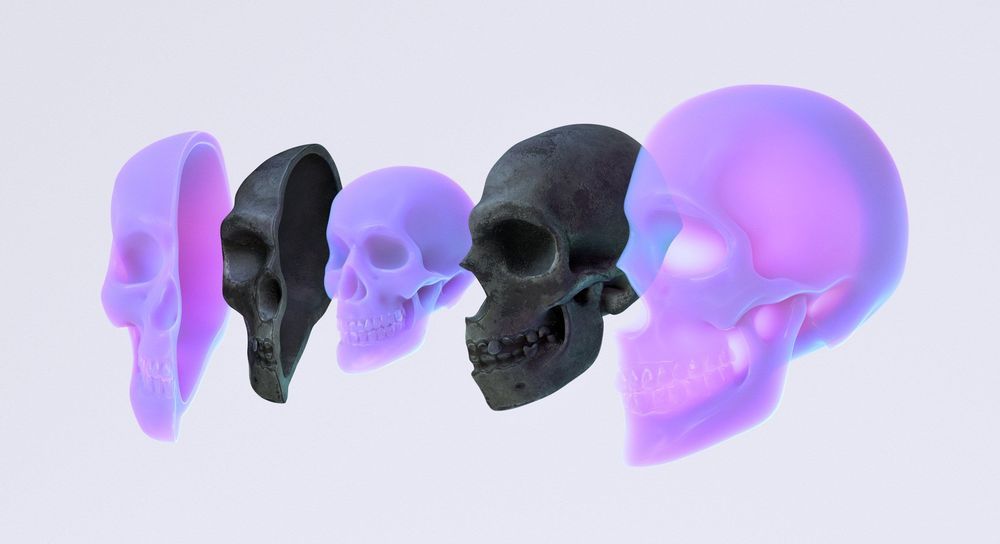
Humans and Neanderthals Kept Breeding—and Breeding—for Ages
Humans today are mosaics, our genomes rich tapestries of interwoven ancestries. With every fossil discovered, with every DNA analysis performed, the story gets more complex: We, the sole survivors of the genus Homo, harbor genetic fragments from other closely related but long-extinct lineages. Modern humans are the products of a sprawling history of shifts and dispersals, separations and reunions—a history characterized by far more diversity, movement and mixture than seemed imaginable a mere decade ago.
Original story reprinted with permission from Quanta Magazine, an editorially independent publication of the Simons Foundation whose mission is to enhance public understanding of science by covering research developments and trends in mathematics and the physical and life sciences.
But it’s one thing to say that Neanderthals interbred with the ancestors of modern Europeans, or that the recently discovered Denisovans interbred with some older mystery group, or that they all interbred with each other. It’s another to provide concrete details about when and where those couplings occurred. “We’ve got this picture where these events are happening all over the place,” said Aylwyn Scally, an evolutionary geneticist at the University of Cambridge. “But it’s very hard for us to pin down any particular single event and say, yeah, we’re really confident that that one happened — unless we have ancient DNA.”
CRISPR Nanogel Pill Could Be the Answer to Stop Triple-Negative Breast Cancer
The answer to halting triple-negative breast cancer, the deadliest of all breast cancers, may have just been discovered by researchers from Boston Children’s Hospital.
A CRISPR gene-editing system — all encompassed into a nanogel capsule, that is then injected into the affected person’s body — is the potential antidote to stopping the growth of triple-negative breast cancer tumors.
RELATED: FIRST CRISPR USE INSIDE THE BODY WILL HELP TREAT BLINDNESS IN CHILDREN AND ADULTS